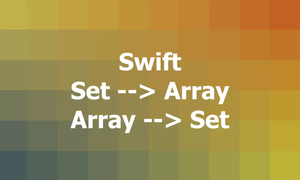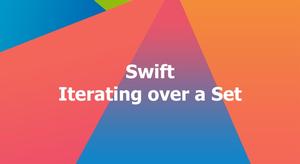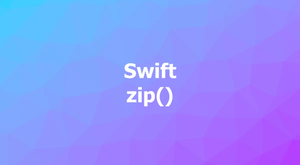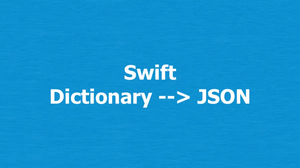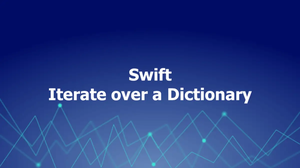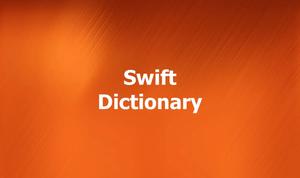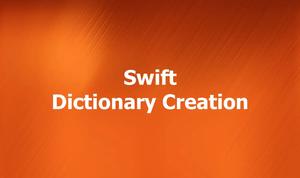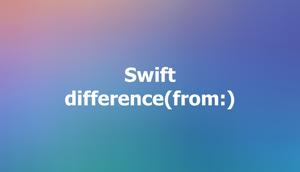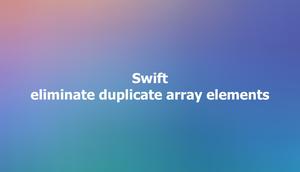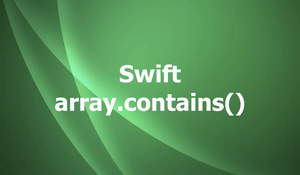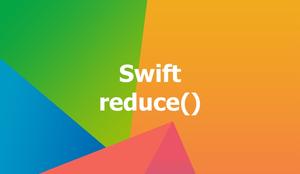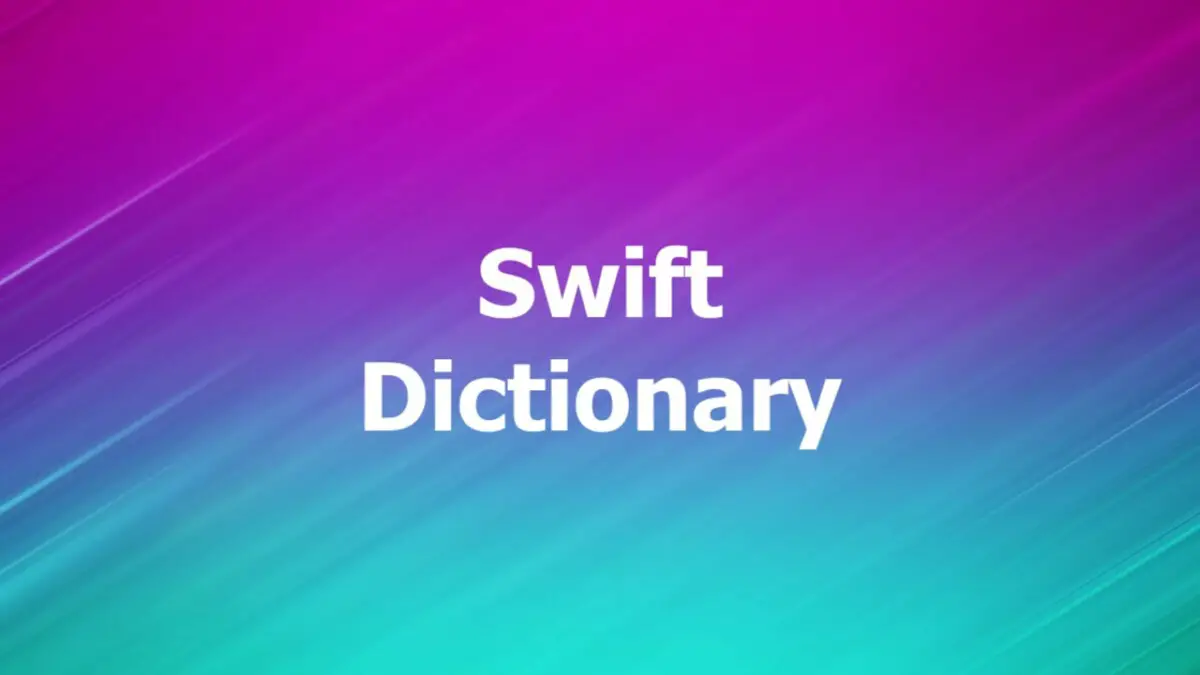
Counting dictionary elements
In Swift, you can count the number of elements in a given dictionary by using the count property. This property returns the total number of key-value pairs in the dictionary.
Example:
// programming languages and their year of creation
var languages = ["Swift": 2012, "C": 1972, "Java": 1995]
print(languages.count)Output:
3Checking if a dictionary is empty
To check whether a dictionary is empty, you can use the count property with an if...elsestatement like so:
// employees and their salaries
var employees = ["Wolf Boy": 4000, "Dragon Lady": 5000, "Demon Man": 6000]
if employees.count > 0 {
print("There are \(employees.count) employees")
} else {
print("There are no employees")
}Output:
There are 3 employeesAnother way to determine the emptiness of a dictionary is by using the isEmpty property:
var myDict = [String: String]()
if(myDict.isEmpty){
print("Dictionary is empty")
}else{
print("Dictionary is not empty")
}Output:
Dictionary is empty